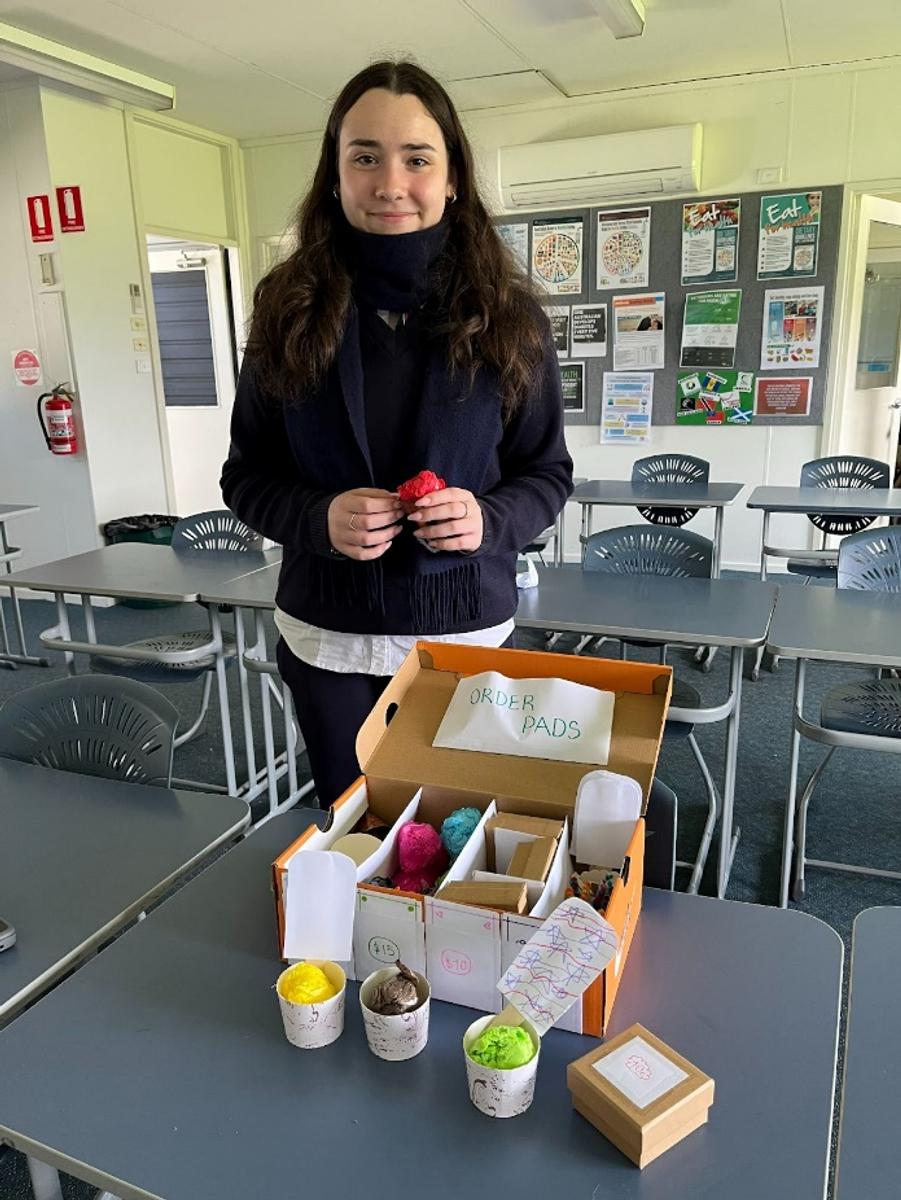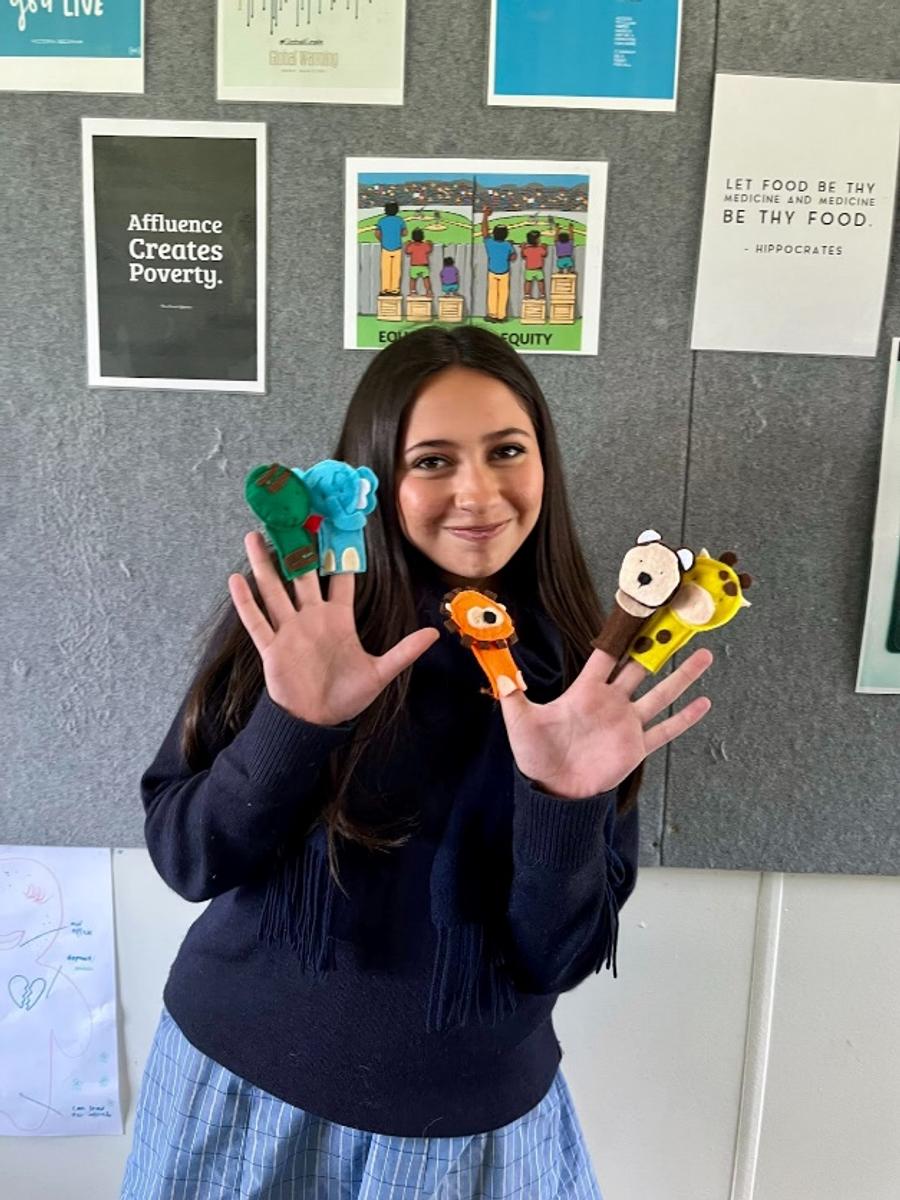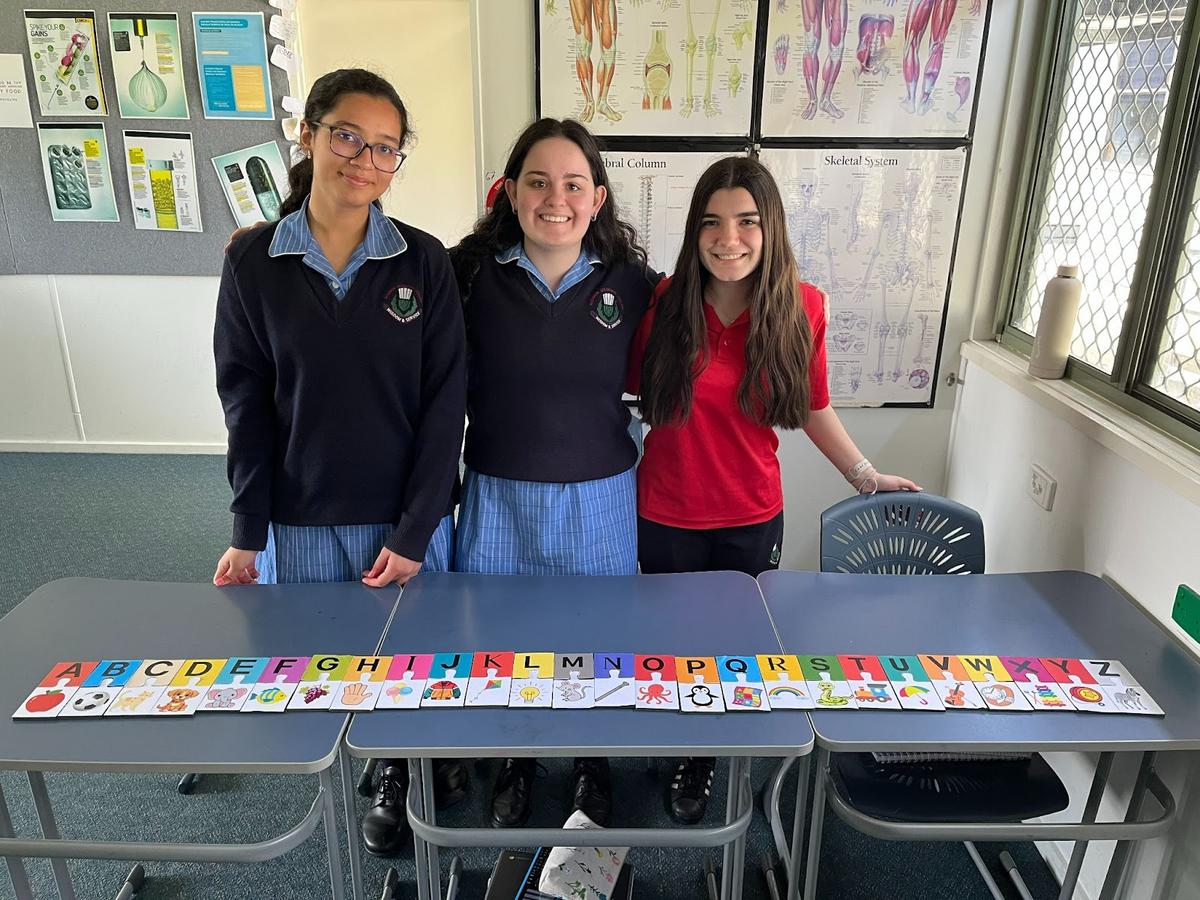HEALTH

HEALTH AND HUMAN DEVELOPMENT: CHILD DEVELOPMENT
For the Year 11 Unit 2 Health learning task we were required to create a toy for a particular age group while also exploring the areas of development within those age groups. Stages of childhood development include social, physical, emotional and intellectual. The toy had to be created by hand and submitted with a video, which detailed how the toy affected childhood development, and health and wellbeing for our chosen lifespan stage. During class, we delved into stages of the lifespan and key areas of development within those stages including the importance of play. The toy made by each student had to reflect the information learnt about.
For my toy, I chose to create a toy for a 2-5 age group, which is the early childhood stage of development. My toy was a ‘ice cream shop’ setup, which included fake cash and coins, menus with various combinations of toppings, ice-creams and a choice of cone or cup. I created money out of paper and pens, used tissue paper for ice cream scoops and used cardboard to create menus and the shape of the shop itself. This allows children to step into the role of shop owner and apply leadership, creativity and organisational skills.
Those skills aim to target and improve development by encouraging children to bond with others over play (social), deal with and manage a range of emotions (emotional), grow their fine motor skills (physical) and build their vocabulary (intellectual).
Olivia Alves, Year 11
For my Unit 2 Health learning task I created a toy for the early childhood stage of development.
The aim for this task was to create a toy that targeted all dimensions of health & wellbeing whilst also addressing physical, intellectual, emotional & social development of a 3-year-old.
I created finger puppets of specific animals. I made them out of different coloured felt fabric and sewed them together. My toy was established for the skills of learning different animals and engaging with other children when using them to increase their social development skills. It also develops fine motor skills using the puppets' precision, helping children to strengthen their finger and hand muscles. The puppets improve cognitive ability as it helps them notice and recognize different animals this helps build memory and categorization.
My animal finger puppets provide a multifaceted approach to early childhood development, promoting not only fun but also essential skills that contribute to a child’s holistic growth.
Elyah Amram, Year 11
I created a toy for the 3-4 age group, which is the early childhood stage of development. My toy was a puzzle which I named ‘Letter Link’. The aim of the puzzle is to match letters to their corresponding images, such as ‘A’ for ‘apple’, ‘B’ for ‘ball’ and so on. It’s made with simple materials, with no sharp corners, making it safe for young kids to play with without any supervision.
The vibrant colours and images on the puzzles make the toy more attractive and by matching letters to images, it stimulates cognitive development. It promotes letter recognition, early literacy skills, laying the foundation for reading and problem solving.
The puzzle also invites social play with family and friends, which encourages communication, cooperation, and turn-taking - crucial skills for developing emotional intelligence and social connections and successfully matching each piece fosters a sense of accomplishment. By nurturing social, physical and intellectual and emotional growth, this toy brings hands-on learning into playtime.
Sejal Saini, Year 11



